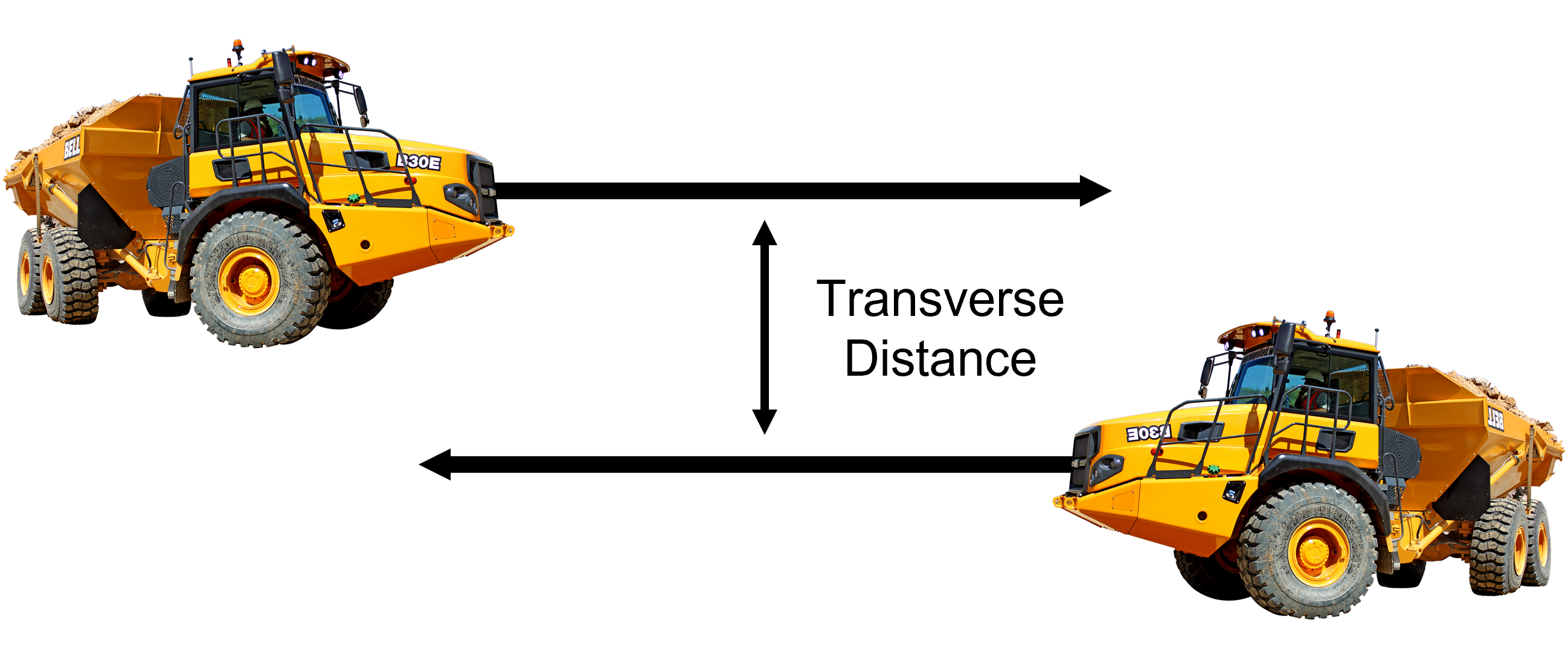
Testing was carried out at both the Bell office in Richards Bay and at the Bell testing site with the objective of establishing communication between the FavorSea Africa Collision Avoidance System (CAS) and the Bell gateway interface. This was done to interface with compliant machines using the ISO 21815 protocol.
The process involved a bench test to ensure that the system met Bell's requirements before the CAS could be installed on the machine. During the lab test, some clarifications were needed for setting registers and implementing set points, which were resolved. FavorSea was then allowed to install the equipment on two Bell B40E machines. The transverse distance was increased to simulate a head-on collision, without the machines coming into close proximity.

Normally, the transverse distance is set to less than one meter to ensure that machines pass each other without causing alarms or stopping. When the machines pass each other inside the transverse, the system identifies this as a possible head-on collision and issues a Level 9 alarm, bringing the mobile machine to a stop. By setting a larger transverse distance, the system will see the transgression as a possible hazardous situation and issue a stop signal.
Several tests were performed at the testing facility, including:
- ISO 21815 protocol test, which included negotiation, initialization, and normal operation,
- Stopping for head-on,
- Slowing down for head-on, and
- Geofencing.
During these tests, the CAS controlled the machine as expected, updated and applied registers, and was fully able to control the machine within the Bell requirements.
Bell issued a certificate of compliance confirming that FavorSea can successfully interface with their system, and the testing was successful.


